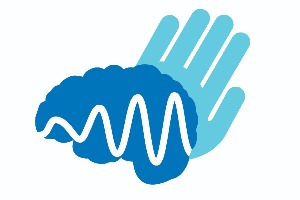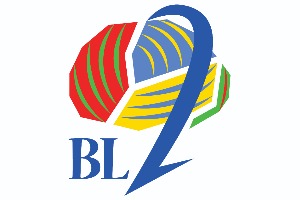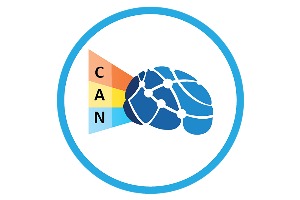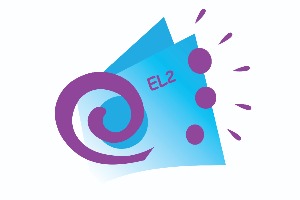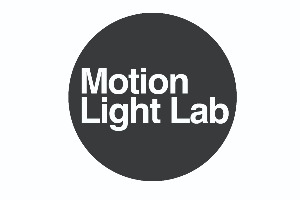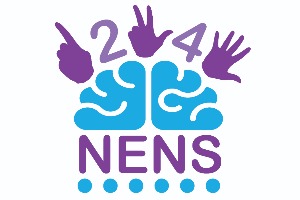Research
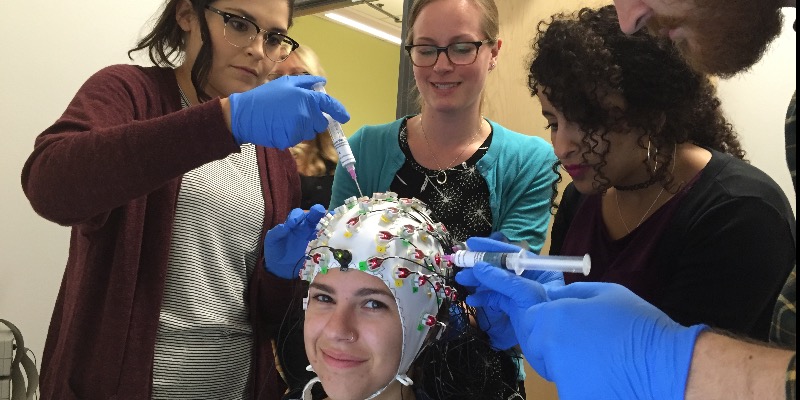
VL2 research into educational neuroscience to benefit society is cohered along these three unifying goals:
- To discover the timing, sensitive periods, and neuroplasticity in child development and learning.
- To advance discovery and new knowledge in the domains essential to learning.
- To conduct neuroscience research that generates usable, meaningful, and translatable knowledge.
In the history of VL2, three prevailing themes have emerged among many Center scientific discoveries:
Discovery 1: Early visual-sensory experiences can yield differences in the brain and related higher cognitive processes. Crucially, increased visual sensory experience in the young deaf visual learner can alter the human brain in ways that, in turn, can afford stunningly higher cognitive advantages.
Discovery 2: Timing in development is essential in knowledge acquisition and mastery, especially as it impacts visual language acquisition and bilingual language acquisition. Early exposure to bimodal bilingualism (ASL and English) is a key predictor of language, reading, and literacy success and advantages in certain neuro-cognitive functions.
Discovery 3: ASL/visually based phonology facilitates the acquisition of reading in English. Young visual learners utilize visually-based phonological knowledge — such as ASL sign phonology, fingerspelling, and graphemic knowledge — which serves as an important intermediate level of processing, or a “wedge,” between print and meaning.
We invite you to read our Center papers and research briefs, learn more about our research and translational hubs below, and collaborate with us.
